You might have noticed varicose veins, those swollen and twisted lines that appear beneath the skin. If you’ve seen them…
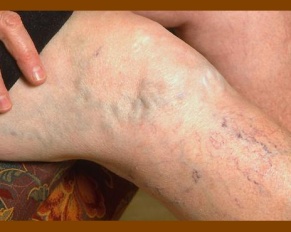

You might have noticed varicose veins, those swollen and twisted lines that appear beneath the skin. If you’ve seen them…

Ever notice those large, twisted veins on your legs? Those are varicose veins, and they develop when blood pools in…
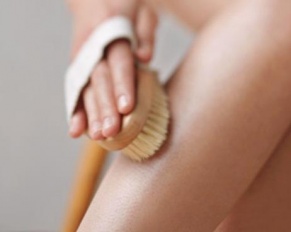
Varicose Veins or Spider Veins are common in men and women (20% of men and 40% of women get Venous…
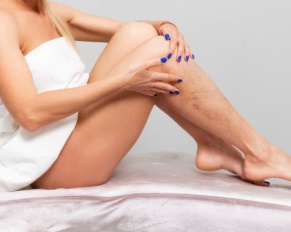
What are varicose veins? Varicose veins appear as twisted, enlarged blue veins that lay right under the skin’s surface. Varicose…
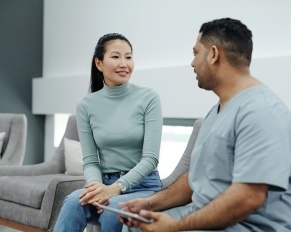
If you’ve been plagued by spider veins, varicose veins, or other vein problems for some time, you should do something about them before things get more serious. The more time you spend thinking about your veins instead of treating them, the greater your chance of developing complications such as deep vein thrombosis, which can be life-threatening.
Whether you’re experiencing pain from bulging veins, or they are just generally unsightly, it’s important to find an experienced vein specialist whom you can trust. Having a qualified, capable, and knowledgeable venous disease specialist is essential to improving your vein health. For this reason, we’ve put together five of the most important questions to ask your vein doctor prior to treatment.
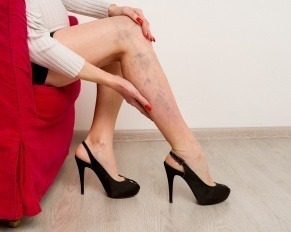
When most people hear the term varicose veins, they automatically think that it means because you have varicose veins that they are only present in your legs. However, you might be surprised to know that varicose veins are present in other parts of your body as well. There are a few different types of varicose veins and many different options to get rid of each one of these types depending on the vein itself, type of varicose vein, the colors, sizes, etc. Below, we will be talking about all types as well as treatment for each one available.

A relatively common condition, varicose veins are large, swollen cords that run just below the surface of your skin. They…

Many people suffer for years with damaged veins, when the answer to their problem is as simple as a consultation with a vein care specialist. That consultation, along with a few tests could yield valuable information about your painful condition, and how to resolve it. Often a patient waits, thinking the pain or the symptoms will abate, but they do not. You should consider a consult with a vein care specialist when:

There are many types of vein conditions that people develop over the course of their lifetimes. Many people are genetically predisposed to develop venous issues and suffer with longstanding vein disease, where others breeze through life with just minor vein issues in later years. Anyone who has had vein disease for many years is at increased risk for developing Chronic Venous Insufficiency (often abbreviated as “CVI”). CVI is an umbrella term for the more advanced stages of venous disease. This would include swelling of the ankle and leg, or edema, stasis dermatitis and venous ulcer. Probably the most-common vein condition, and the one most people are familiar with, is the malady of varicose veins. A brief synopsis of each of these vein conditions is discussed below:
Millions of Americans are reaching beyond modern medicine these days for natural treatments for a number of health conditions, and varicose veins is one of them. Though varicose veins may not be the type of health problem most people would consider could be treated with natural therapies, the fact is that many medical doctors use a number of natural treatments for their patients who are newly diagnosed with varicose veins. Varicose veins are reddish-purple, twisted veins that bulge up from under the skin. They’re unattractive, no doubt. But more importantly, varicose veins can cause discomfort and various degrees of pain, along with other symptoms such as burning, itchiness, and difficulty with movement, especially when they occur on the legs. If you’re someone who is experiencing any of the symptoms of varicose veins, varicose vein treatment recommend that you consult a specialist as soon as possible in order to be properly diagnosed. It’s also important that you learn your diagnosis soon in order to begin on necessary treatment. And, when it comes to treatment, a number of natural therapies are considered effective in reducing the effects of varicose veins.